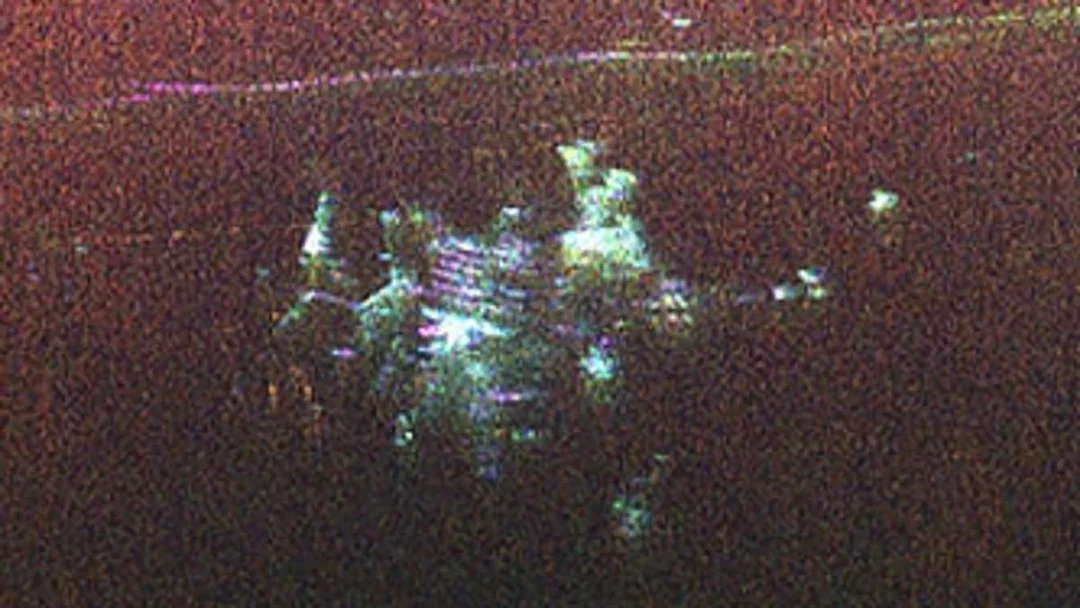
Cold War Relic Unearthed: NASA Discovers Abandoned US Nuclear Base Under Greenland’s Ice – A Reminder of America’s Arctic Ambitions?
In an astonishing turn of events, NASA scientists conducting ice-penetrating radar tests over Greenland have stumbled upon a Cold War secret: a long-abandoned U.S. nuclear missile base, Camp Century, buried beneath the ice for decades. This rediscovery, first reported by The Wall Street Journal, brings to light a forgotten chapter in U.S.-Danish relations and reignites discussions about America's strategic interests in the Arctic.

Camp Century, partially constructed in 1959, was initially designed to house 600 medium-range ballistic missiles as part of the covert Project Iceworm, a plan to position nuclear launch sites within Greenland's ice sheet. However, the project was scrapped in 1967 due to ice sheet instability. According to reports a vast network of tunnels stretching approximately 9,800 feet was found.
The base's rediscovery arrives amidst renewed U.S. interest in Greenland. Remember Donald Trump's controversial pursuit of the island? His administration even suggested a special status for Greenland to bring it closer to the U.S. sphere of influence, according to Reuters. Greenland's Prime Minister, Mute Egede, has firmly stated, "Greenland is ours. We are not for sale and will never be for sale."

The U.S. currently maintains a presence in Greenland through the Pituffik Space Base (formerly Thule Air Base), a significant reduction from the 17 bases and 10,000 troops stationed there during the Cold War. Vice President J.D. Vance's recent visit to Pituffik, during which he asserted that "Denmark has not done a good job by the people of Greenland," highlights the ongoing tensions and strategic importance of the region.
Furthermore, the history of U.S. nuclear activities in Greenland is fraught with controversy. The 1968 B-52 bomber crash near Pituffik exposed the secret storage of nuclear weapons and sparked public outrage in Denmark. Even the purpose of Camp Century was concealed, even from many stationed there, until its declassification in 1996. The 1951 treaty grants America the right to build military installations in Greenland.
The rediscovery of Camp Century serves as a potent symbol of the Cold War and the enduring strategic significance of the Arctic. It raises questions about the long-term environmental impact of the abandoned base and the future of U.S.-Danish relations in an era of increasing geopolitical competition.
What do you think about the rediscovery of Camp Century? How will this impact relations and the Arctic?
Share your thoughts in the comments below!